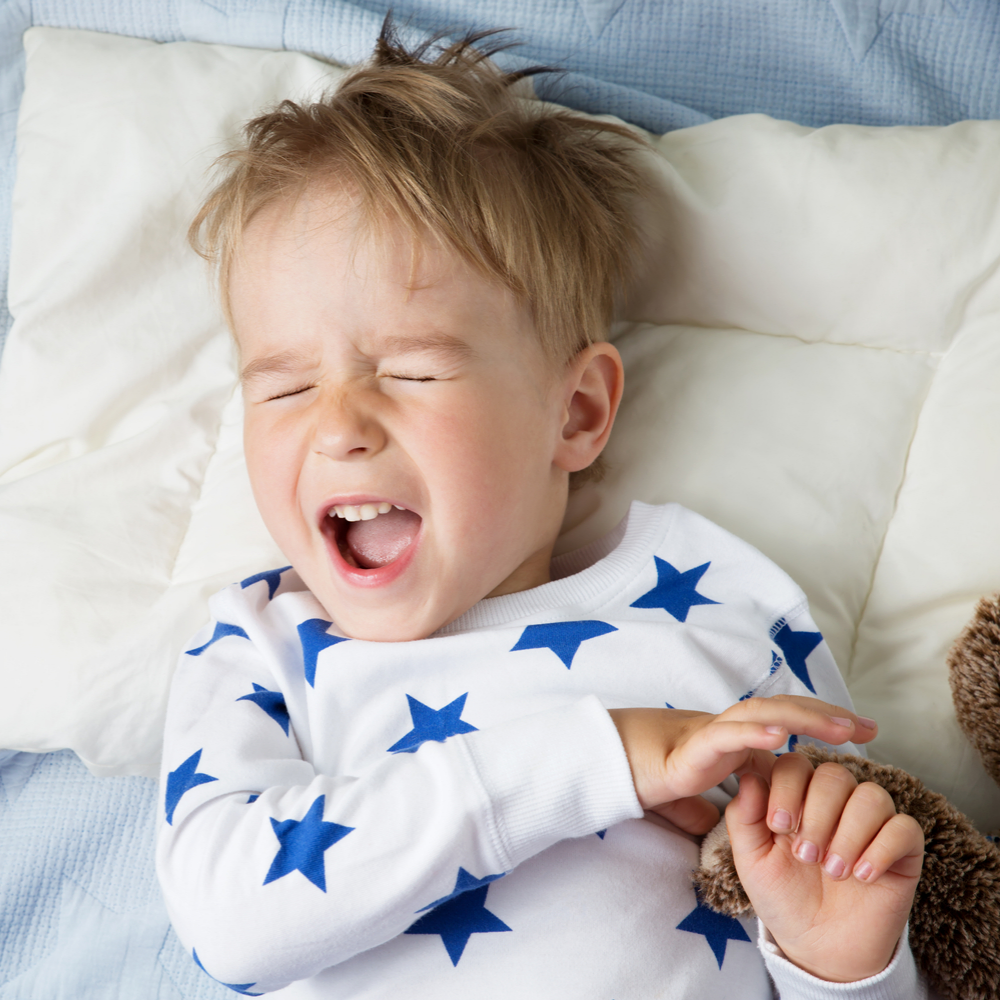Question:
I'm a pediatric OT and it's sometimes difficult to persuade families and schools to provide compression, weight or sensory environments for their kids. Where is the research showing this stuff really works?- Kendra, OT
Fun and Function interviewed Dr. Leah Stein Duker, Assistant Professor of Research at University of Southern California, about the initial pilot and the subsequent 5 year study, with 184 children with ASD. It's funded by the National Institute of Dental and Craniofacial Research of the National Institutes of Health (PI, Cermak).
You can find summaries of independent research at FunandFunction.com/education. A new study is measuring the impact of an adapted sensory environment – in the dentist's office!
Why choose a dental clinic to test the impact of sensory adapted environments?
Oral care is critical for both psychological and physiological health – fewer cavities, less days missed at school, greater self-esteem, and reduced need for anesthesia during the process. But when a child has complex needs, oral hygiene can lag and problems can be difficult to diagnose. I remember one child who was hitting and biting because he couldn't communicate his pain. He needed multiple root canals.
Are children with autism more vulnerable to sensory stimuli?
The sensory stimuli in a dentist's office can trigger uncooperative behaviors and physiological stress, especially for kids on the spectrum who may be over-responsive to the bright lights, touch in and around the mouth, and the taste and smell of oral products.
How did you structure the pilot study?
We studied 44 children, ages 6-12; half were on the autism spectrum and the other half were typically developing. All the kids were given two oral exams and cleanings, 3-4 months apart, one in a regular dental environment and one in a sensory adapted environment.
Which sensory adaptations did you test?
Deep pressure can have a calming and organizing effect on the nervous system. We used a mesh wrap, shaped like a butterfly, which fit over the chair with extended wings to ‘hug' the child. This was weighted with a pediatric X-ray vest on the chest. The child chose visual effects (fish or bubbles) projected on the ceiling, and rhythmic music was played. Instead of bright lights in the child's eyes, the dentist wore a head-mounted lamp directed into the child's mouth.
What were the results?
In the multisensory environment, both the kids with autism and the control group had a decrease in fight-or-flight physiological anxiety as measured by electrodermal activity. Children were given tools to rate sensory discomfort and pain, and dentists and researchers scored children's exhibited behavioral distress. There was an improvement in all measures compared with the regular dental environment.
Anecdotally, I could see the kids relax and stop biting or moving away to stall treatment. One child said she didn't want to leave because she felt "tucked into bed." Parents commented on a night-and-day difference in their children's behavior. Cost savings resulted since fewer hands were needed to restrain the child, and pharmacological methods were no longer required.
Can this be rolled out on a large scale?
Dentists have expressed great interest. These sensory adaptations are fairly easy to make, low cost and effective – not only for kids and adults on the spectrum but also for typically developing children who have dental anxiety and/or sensory processing disorders.
We are excited to continue studying this intervention, including trying it in different offices across the country in the future!






















Comments